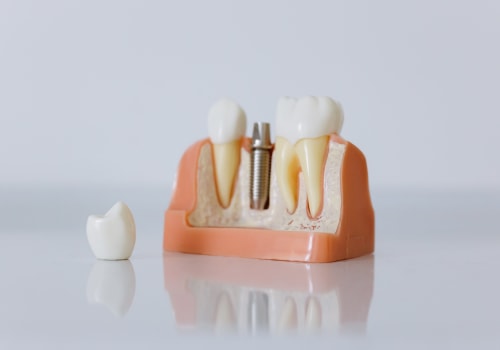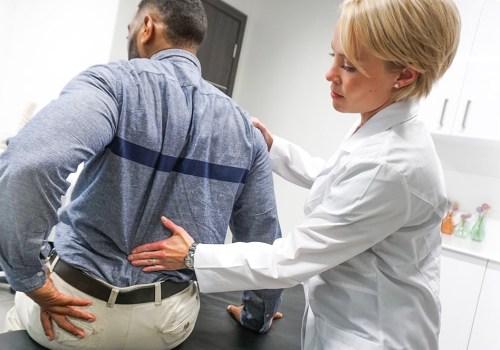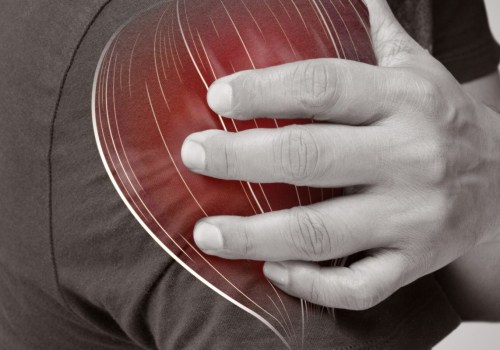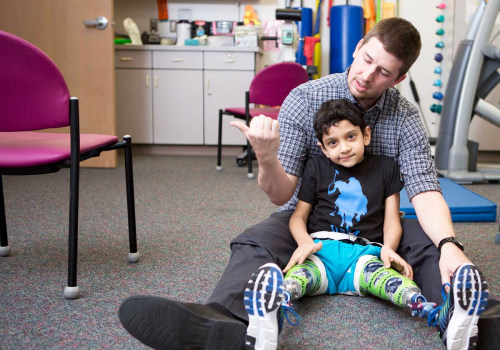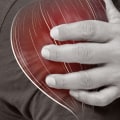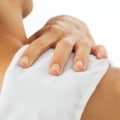Simple, everyday activities, such as walking, swimming, gardening, and dancing, can directly relieve some of the pain by blocking pain signals to the brain. Activity also helps reduce pain by stretching stiff and tight muscles, ligaments and joints. Use to clean cuts and scrapes and to treat burns. If you are suffering from a burn, put the injured area in cold water or cover it with a cold compress as soon as you can.
If the skin blisters, leaks fluid, loses sensitivity, or turns black, brown, or white, seek medical help right away. Physical therapy involves physical techniques to strengthen and stretch muscles and joints. It can relieve pain all over the body, while specific methods will vary depending on the part of the body. Chronic pain affects approximately 1 in 5 people in the U.S.
UU. Kim is in too much pain to exercise, he suggests that they start slowly, and do even a little walking or other activity and then build up. In a review of non-pharmacological treatments for chronic pain, researchers concluded that exercise was moderately effective. In one study, researchers instructed patients with neck or back pain to take 1200 milligrams a day of fish oil supplements with eicosapentaenoic and decosahexanoic acid.
After 75 days on fish oil, more than half of the 125 patients who responded said they had stopped taking prescription pain relievers. Researchers who tested a combination of turmeric with two other substances, devil's claw and bromelain, in patients with osteoarthritis pain found that the mixture provided remarkable pain relief. Patients took two 650-milligram capsules two or three times a day. Researchers who assigned 109 patients with chronic pain to a mindfulness meditation program or waiting list found that those who did the meditation reported more pain relief, as well as lower anxiety and depression and a better quality of mental life, than those who did not.
Having meditated since 1995, the actor has found it to be effective in relieving chronic pain, which a growing body of research supports. This reduces inflammation and swelling and numbs pain. It works best immediately after an injury or during an outbreak of a painful condition, such as gouty arthritis. Exercise is often associated with a decrease in arthritis, joint pain.
Research suggests that people who eat high-fiber diets have less pain from osteoarthritis 6,7.In addition, people who eat foods high in fiber produce many short-chain fatty acids, which can help promote a healthy balance of microbes in the digestive tract. A microbial imbalance, a condition called intestinal dysbiosis, is associated with an increased risk of inflammation throughout the body and inflammatory arthritic diseases, such as rheumatoid arthritis and ankylosing spondylitis. 8-10 Arthritis usually goes hand in hand with painful joint inflammation. Applying a cold compress to the skin over the affected joint can reduce painful inflammation.
It can also lower nerve impulses, which can interrupt pain signals. 11 See 3 types of cold packs for arthritis Turmeric root has been shown to have excellent anti-inflammatory properties, and many people add turmeric powder to sauces, smoothies, or tea. But curcumin, the active ingredient in turmeric, only accounts for about 3%, so experts often suggest that people take curcumin supplements to get an effective amount. For many people, a daily curcumin supplement of 200 mg to 1000 mg is OK.
However, check with your primary healthcare provider before taking any supplements to make sure it doesn't interact with your current medications or put you at risk for other diseases. Also, watch for supplements that contain preservatives or other additives, such as gluten, dairy, and soy. Therapeutic massage can loosen tight muscles, make blood flow, and calm the mind. A review of several small medical studies19 found that massages can help reduce pain in people who have osteoarthritis and rheumatoid arthritis, although the results were mixed.
Top 4 Supplements to Treat Arthritis Pain This site is for educational purposes only; no information is intended or implied to replace professional medical advice. The information is produced and reviewed by more than 200 medical professionals with the goal of providing reliable and unique information for people with painful health conditions. Stretching and strengthening joints affected by arthritis can help reduce pain and increase flexibility. This is to make sure they are safe, don't worsen pain, and don't interact with any other medications the person is taking.
If you have chronic pain that normally lasts longer than three months and you don't respond to treatment, your body hasn't turned off pain messages to the brain, even though the original source of the pain has disappeared. And because the pain is individual, ask your doctor for specific information about these treatments, such as doses and time to continue testing them. If the pain is near the back or genital area (open sores, anal fissures, hemorrhoids, for example), soaking the hindquarters in warm water can help with itching, irritation, and spasms of the sphincter muscle. Complicating the picture, doctors don't yet understand chronic pain, but they do know that what works for one person may not work for another.
According to the Centers for Disease Control and Prevention (CDC), pain is considered chronic when it lasts longer than 3 months. While some pain relief medications can be addictive, there are several non-addictive medications available. Some pain management approaches, such as acupuncture, physical therapy, and yoga, are best done with a professional therapist to ensure a person can practice them safely. In addition, the warm, even temperature stimulates blood flow throughout the body, helping to loosen stiff and painful muscles.
A review of human studies found that taking a nasal spray that contained CBD and THC in a one-to-one ratio can help control chronic neuropathic pain. How this ancient Chinese healing technique works is not well understood, but some people report that it helps reduce chronic pain. Many people with arthritis want to treat their joint pain without the expense or potential side effects of medications. Psychological treatments for chronic pain include speech therapies, such as cognitive behavioral therapy (CBT).
Yoga is a safe and accessible pain management technique that people can try at home, through online videos, or in a class with an instructor. . .
